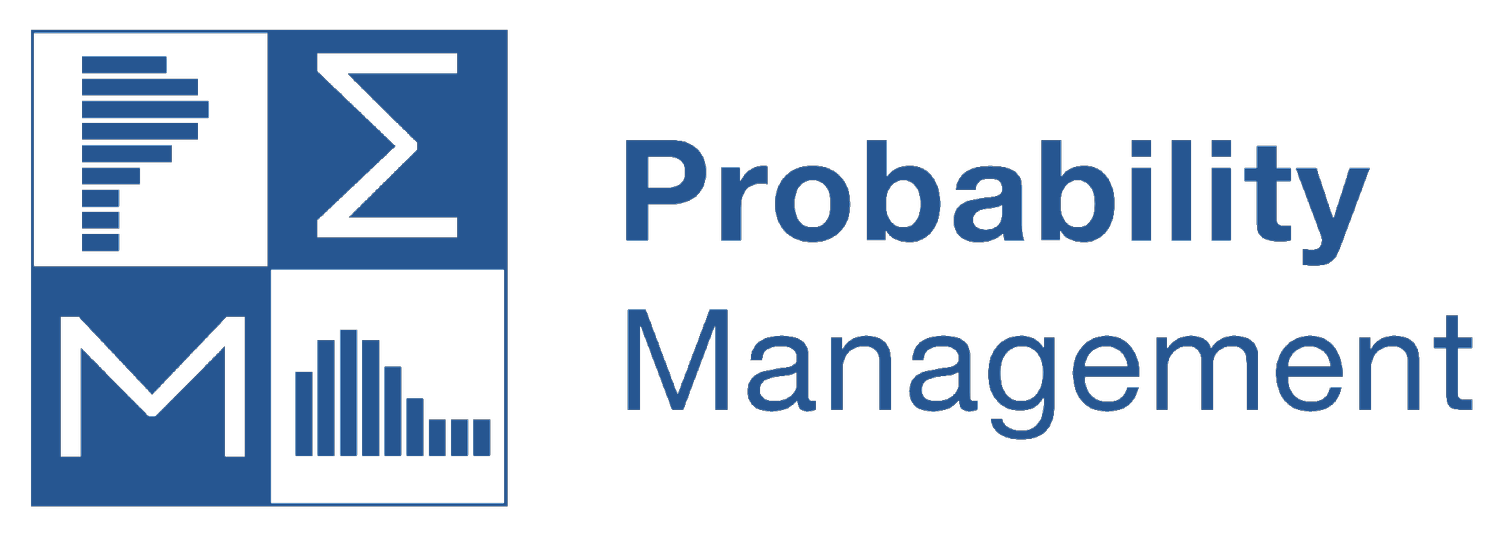Chancification
Wiring Your Organization for Probability
Electrification develops the infrastructure to replace technologies using fossil fuels with those using electricity. Chancification develops the information systems to replace calculations based on numbers with those based on uncertainties.
You can use electricity without knowing how to generate it. The same is true for probability.
Purchase Dr. Savage’s 2022 book on Chancification here and get 30% off the companion book, The Flaw of Averages
Why Chancify?
Probabilistic thinking can cure the Flaw of Averages through chance-informed decisions that expose trade-offs between risks and rewards. Potential applications include:
Linking CDC COVID 19 Hospitalization models to local resource allocation decisions to illuminate tradeoffs between the cost of resources and the chance of exceeding ICU capacity.
Linking national weather simulations to power grid simulations to estimate the chance of collapse due to failed equipment, excess heating or air conditioning load.
Aggregating risks across infrastructure networks to mitigate the chance of safety risks at minimal cost.
Using crowdsourced data on forecasting errors to estimate the chance of achieving projected tax revenues.
Using military aircraft reliability data to estimate the chance of being ready to fly a mission at a moment’s notice
Free Resources to Help You Get Started
The SIPmath Network, ChanceCalc, the SIPmath Modeler Tools, and more will help your organization set up its own probability power grid, either publicly or behind your firewall. Please contact us for guidance in getting started.
The SIPmath Network is an open protocol creating ad hoc networks over which you may communicate uncertainties in either SIPmath 2.0 Standard or SIPmath 3.0 Standard.
ChanceCalc is a free Excel add-in which lets you insert uncertainties into Excel, then instantly estimate chances, simulated averages, and percentiles.
The SIPmath Modeler Tools and open source applications in R and Python (available upon request) can help you generate your own SIP Libraries.
Read Chancification article in ORMS Today by Sam Savage & Shayne Kavanagh
The Technology Stack
The Standard
Sam Savage’s SIPmath™ 3.0 Standard represents uncertainties as auditable data arrays called SIPs. These may either contain Monte Carlo trials or cross-platform F inverse functions and pseudo-random number generators mated through a “Copula” layer that preserves interrelationships between variables.
The Generators
Doug Hubbard’s HDR Random Number Generator allows simulations running on diverse computer platforms to generate either identical or independent streams of random numbers as required though a multi-dimensional seed. In particular, it easily fits into a single cell in Excel and does well on the Dieharder tests.
The Transformers
Tom Keelin’s Metalog Distributions are a revolutionary system of probability distributions in their own right. In the SIPmath modeling context, they transform uniform random numbers generated by the HDR or other random number algorithms into virtually any continuous random variate with a single family of formulas.
Case Study: PRECISE Uncertainty
Check out The PRECISE Uncertainty Project to see how we teamed up with the Government Finance Officers Association (GFOA) to bring chancification to municipal budgeting.






